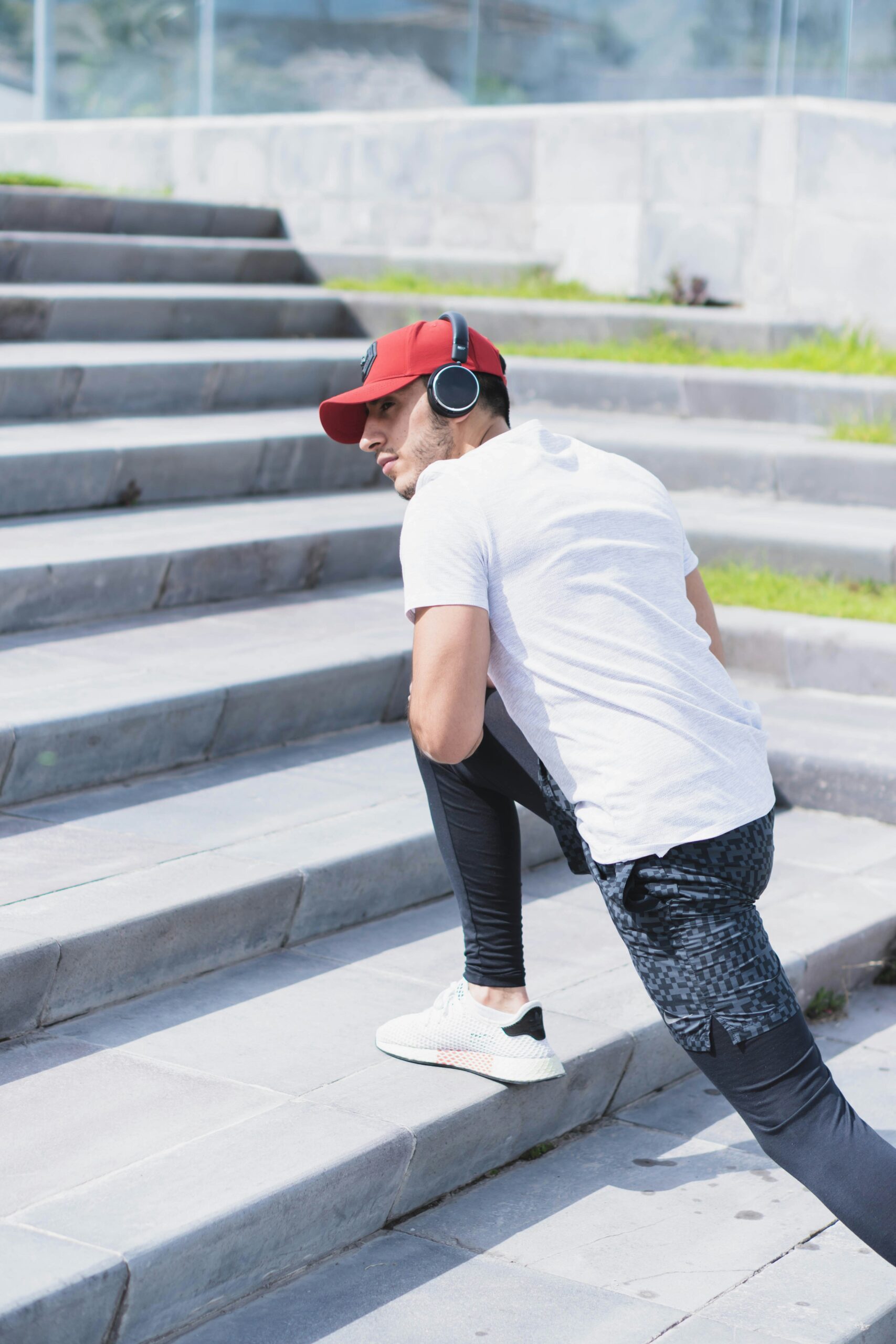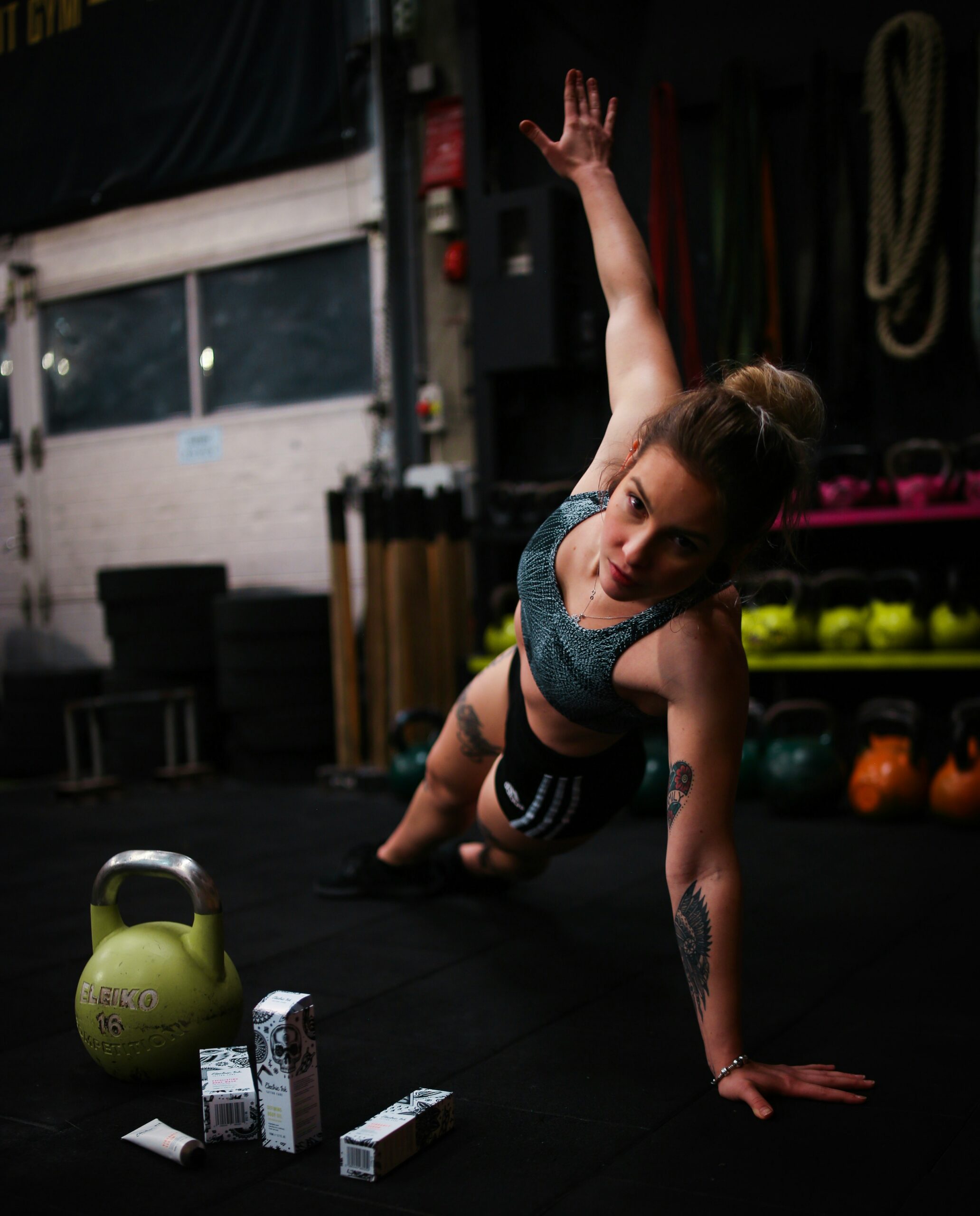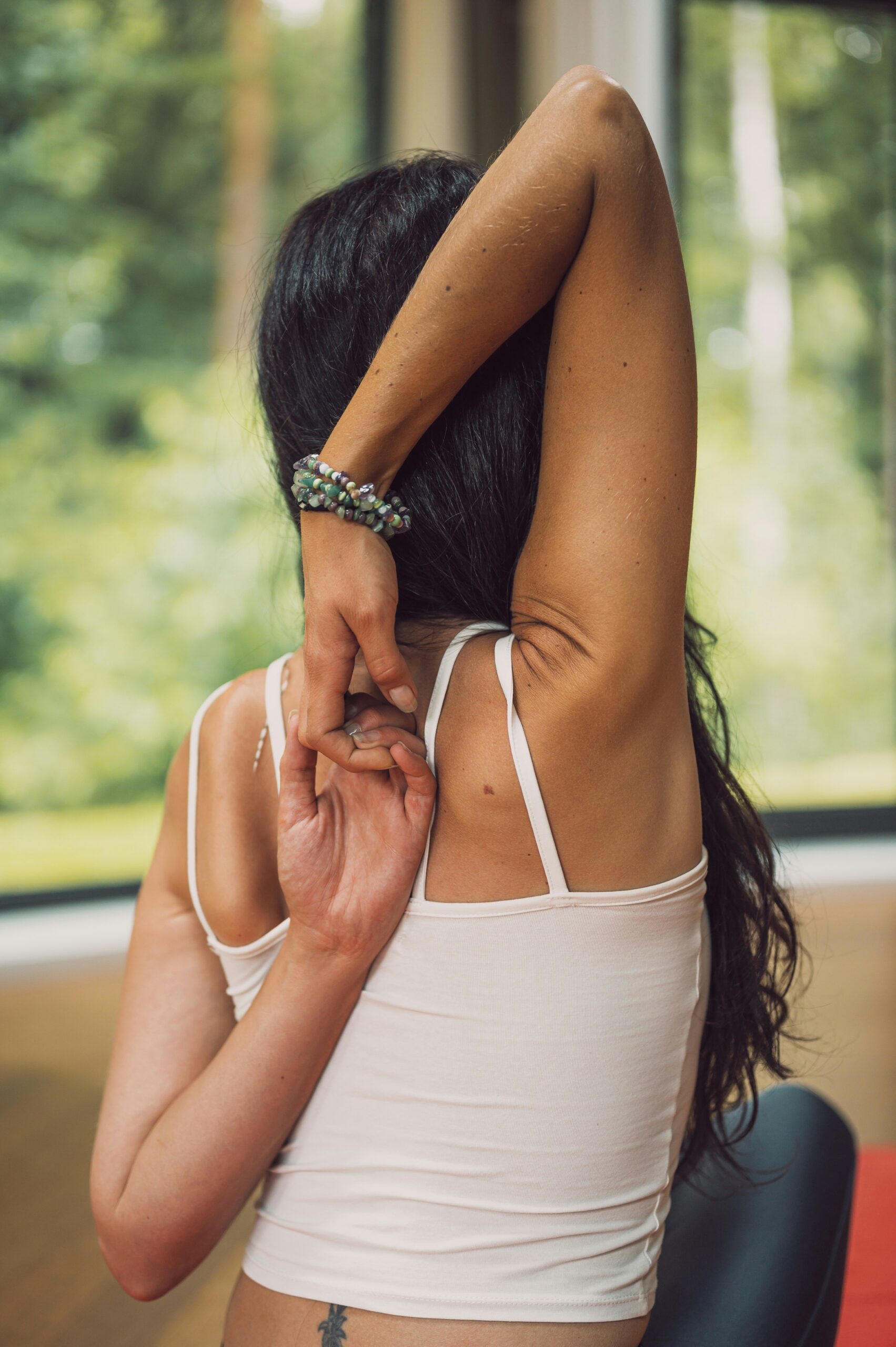Biceps Hammer Curls: The Key to Stronger, Fuller Arms
When it comes to building bigger, stronger arms, biceps hammer curls are a top-tier exercise. Not only do they target your biceps, but they also hit the often overlooked brachialis and brachioradialis muscles, which contribute to thicker, more well-rounded arms. The hammer curl’s neutral grip offers a unique variation to the standard bicep curl, giving you an opportunity to develop both strength and size.
Let’s break down why hammer curls are so effective, how to perform them with perfect form, and explore variations that will keep your arm workouts fresh and exciting.
Why Hammer Curls?
Hammer curls stand out because they target more than just the biceps. While traditional curls focus primarily on the biceps brachii, hammer curls place extra emphasis on the brachialis (a muscle underneath the biceps) and the brachioradialis (a muscle in the forearm). Strengthening these muscles not only enhances the overall appearance of your arms, but also improves grip strength, which is crucial for exercises like deadlifts, pull-ups, and rows.
Additionally, the neutral (palms facing in) grip used in hammer curls tends to be easier on the wrists, making this exercise a good alternative for those who experience discomfort with regular curls.
Mastering Hammer Curl Form
To get the most out of hammer curls, proper form is essential. Here’s how to do them correctly:
- Choose the right dumbbells: Start with a pair of dumbbells that you can control throughout the movement. If you go too heavy, you’ll likely use momentum rather than your muscles, reducing the effectiveness of the exercise.
- Stand with good posture: Stand tall with your feet hip-width apart. Hold a dumbbell in each hand with your arms fully extended at your sides. Your palms should be facing your torso (neutral grip), and your elbows should remain close to your body.
- Curl the weights: Keeping your upper arms stationary, slowly curl the dumbbells up towards your shoulders. Focus on squeezing your biceps and brachialis at the top of the movement. Your forearms should be doing the work while your upper arms stay locked in place.
- Lower with control: Slowly lower the dumbbells back to the starting position. Avoid letting gravity take over—control the descent to maximize muscle engagement.
- Avoid swinging: Keep the movement smooth and steady. Swinging the weights or using momentum cheats your muscles and can lead to injury. If you’re tempted to swing, reduce the weight until you can perform the exercise with control.
- Breathing: Inhale as you lower the weights and exhale as you curl them up. A steady breathing pattern helps you maintain focus and control throughout the set.
Common Mistakes to Avoid
Even though hammer curls are straightforward, there are a few common mistakes to watch out for:
- Using momentum: It’s easy to use your body to swing the weights up, but this reduces muscle activation. Keep your core tight and focus on using your arms to lift the weights, not your torso.
- Flared elbows: Letting your elbows flare out takes the focus off the biceps and brachialis and reduces the effectiveness of the exercise. Keep your elbows tucked in close to your sides.
- Overextending the wrists: Bending your wrists at the top or bottom of the curl can put unnecessary strain on your joints. Keep your wrists neutral throughout the movement.
- Rushing through reps: Hammer curls are most effective when performed with control. Don’t rush—slow, controlled reps will maximize your muscle activation and growth.
Benefits of Hammer Curls
Hammer curls offer a variety of benefits that make them a great addition to any upper body workout routine:
- Improved arm thickness: By targeting the brachialis, hammer curls add size to your arms, helping you achieve a fuller, more defined look.
- Enhanced grip strength: The neutral grip used in hammer curls also works your forearms, which is great for improving grip strength—an often overlooked but important factor in overall strength training.
- Balanced biceps development: While regular curls mainly focus on the biceps brachii, hammer curls engage multiple muscles in the arm, promoting balanced strength and size development.
- Joint-friendly: The neutral grip puts less strain on the wrists and elbows, making hammer curls a good option for those with joint issues or those who want to avoid overuse injuries.
Hammer Curl Variations
Like any exercise, there are several ways to switch up hammer curls to keep your workouts interesting and to challenge your muscles in new ways:
- Cross-Body Hammer Curl: Instead of curling the dumbbells straight up, curl them across your body toward the opposite shoulder. This variation places even more emphasis on the brachialis and brachioradialis, increasing the challenge to your forearms and grip strength.
- Rope Hammer Curl: Using a cable machine with a rope attachment, perform hammer curls in the same neutral grip. The constant tension from the cable provides a different type of resistance and can help increase muscle engagement throughout the entire range of motion.
- Seated Hammer Curl: Perform hammer curls while sitting on a bench. This variation eliminates any opportunity to use your legs or body to cheat, forcing your arms to do all the work. It’s a great way to isolate the biceps and brachialis.
- Alternating Hammer Curl: Instead of curling both dumbbells at the same time, alternate arms. This allows you to focus on one arm at a time, reducing the chance of using momentum and giving you better control over each rep.
- Incline Hammer Curl: Sit on an incline bench with your back fully supported. This position emphasizes the stretch at the bottom of the movement, hitting the brachialis harder and promoting muscle growth in the lower part of the biceps.
Integrating Hammer Curls Into Your Routine
Hammer curls can be integrated into your arm or upper body routine in a variety of ways, depending on your goals. Here’s how you can structure them:
- For muscle growth: Perform 3-4 sets of 8-12 reps with a moderate weight. Focus on controlled movements and squeezing the muscles at the top of each rep.
- For strength: Opt for 3-4 sets of 6-8 reps with heavier dumbbells. Rest longer between sets to allow for full recovery, and make sure you maintain good form despite the heavier load.
- For endurance: If you’re aiming for toned arms and endurance, go for 2-3 sets of 15-20 reps with lighter weights. Keep the movement steady and minimize rest time between sets to maintain intensity.
Hammer curls also pair well with other arm exercises for a complete workout. For example, you can alternate between hammer curls and regular bicep curls to fully target your biceps and brachialis. Or try supersetting hammer curls with triceps dips to hit both sides of your upper arm.
Wrapping It Up
Biceps hammer curls are more than just an arm exercise—they’re a powerful move for developing strength, size, and grip. By targeting the brachialis and brachioradialis in addition to the biceps, hammer curls help you achieve fuller, stronger arms while also improving your grip for other exercises.
So next time you’re training arms, don’t just stick to regular curls. Grab those dumbbells, focus on your form, and give hammer curls the attention they deserve. Your arms—and your overall strength—will thank you!





